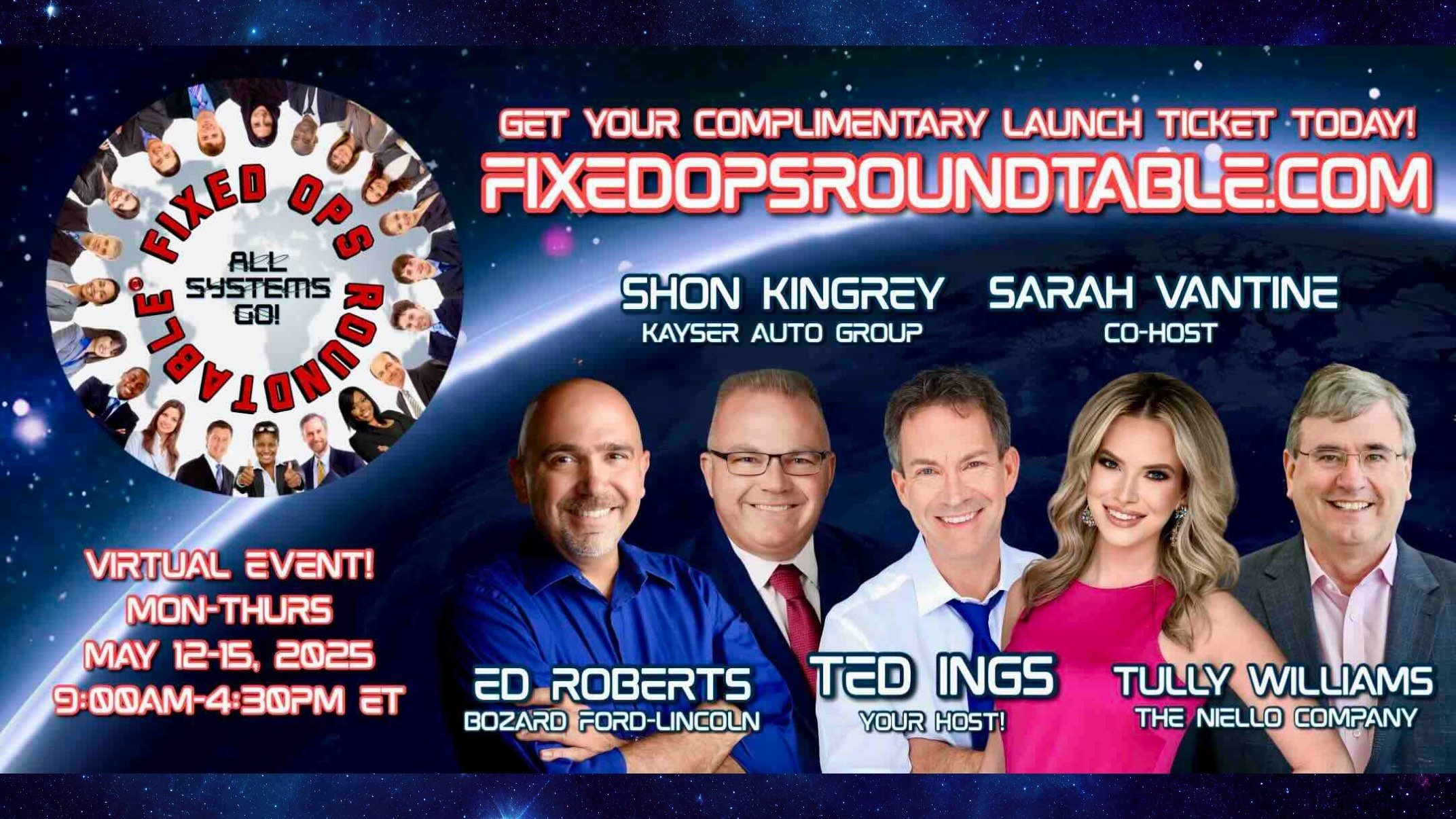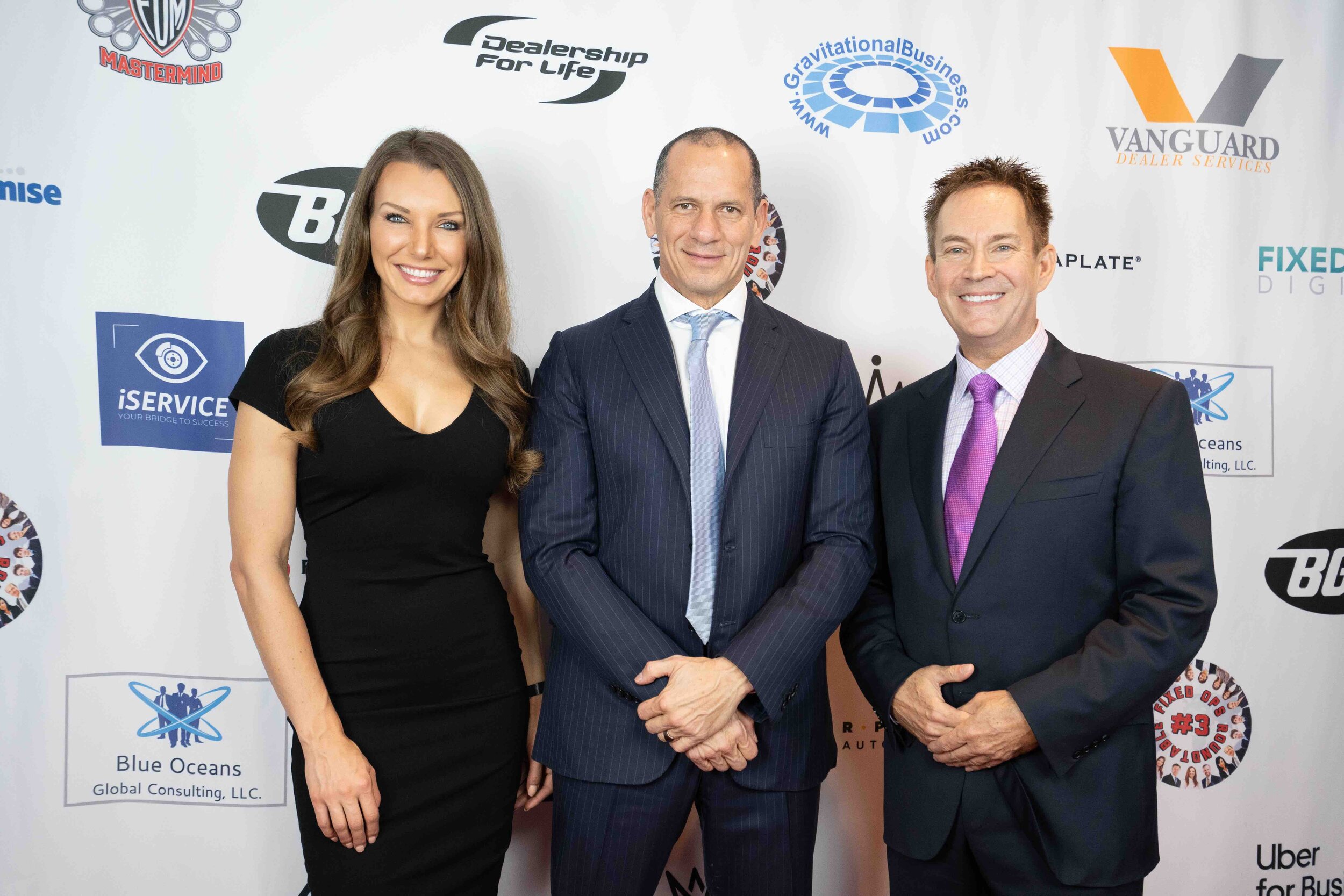Top Five Hiring Mistakes to Avoid at Retail Auto Dealerships
Ted Ings
Executive Director, CPI
@ted_ings
If hiring were easy our industry would be able to retain its talent and we would all be on top of our game.
However, the truth is that hiring is not easy in the auto industry, noting that our industry has one of the highest turnover rates. As to why our industry has the highest turnover rates - this most likely stems from the fact that we do not have the right resources in place to streamline the hiring process.
Not having a cohesive process in the onboarding phase can cost you the employee you just hired! Costing the dealer thousands of dollars as you continue to hire new employees.
Here are the top five mistakes we make when hiring new employees and how we can avoid them:
1. Job descriptions. A clear explanation of responsibility.
Having a job description seems to be common sense, no?
However, there are dealers who do not have signed job descriptions for their employees. Where the job description was most likely a verbal agreement on what their responsibilities are for their respective role. As one could imagine, this can create confusion on multiple fronts. That is the employee trying to remember what their responsibilities are in addition to the manager not being able to hold them accountable. Given that they do not have a clear outline of what their position entails.
Even if the position is for a sales consultant they need a job description, too. The job description needs to outline what the expectations are such as but not limited to: daily phone calls, emails, texts, videos, demos, to name a few. However, if none of those examples are apart of their written job description it is nearly impossible to hold them accountable for their performance. Another benefit of having your employee's job description outlined is the ability to understand how your dealer's roles overlap or work together. Ensuring you have the necessary staffing.
2. No career path. Employees want the opportunity to grow and develop.
Not all of us started at the top, right?
It most likely took years to get into a high-level management position. One of the things employees look for when accepting a job offer is the career path your company offers. Wherein, when hiring a candidate you can review what their current position entails. Explaining that if they were to excel in their current position they could eventually work their way up to a management position.
This is not - in any way - promising an employee a future promotion. However, what it does offer is that if they can excel in that job it can open the door for other opportunities. No one wants to work a dead end job.
There are several resources available that allow you to map out your store's positions. Both offering and explaining what the common trajectory is for that specific role. And if during your employee's tenure they are wanting to learn more or have a passion for a particular task then you can document their interests and goals within their employee review. Using those reviews to devise a meaningful career plan.
3. No training or onboarding program. Stop throwing them to the sharks.
Imagine what it was like on your first day at the dealer? The new employees first impression is extremely important. Yet there are so many dealers that fail when it comes to offering an effective onboarding program. Where many of the new hires quit within the first couple of weeks. Had the dealer had an onboarding program it could have reduced the risk of the new hire quitting. So where does it all go south? The breakdown or misconceptions with the new hire usually starts when in the job description - online - it says that your dealer provides a hands-on training program. Or in the interview, you tout that you make sure that all of your employees have the right tools and resources needed.
So when they start, both excited and intrigued, imagine how fast that excitement fades as they realize that you are not prepared. And while you might have every intention to train and work with them - if they do not see that it is hard to keep their engagement. Where in many cases the new hire does not have their logins, a desk, or even a computer to work on. Or worse, the dealer will shove the new hire into a corner having them logged into a computer - under a sales manager login with more access - to take the OEM training. Forgetting they were left in the corner. Not taking the time to make sure they are staying engaged.
If that were you, how long would you stay interested? Instead of taking this approach. Take the time to work with the OEM. In which case, the OEM tends to provide an outline as to how long each session will take allowing you to plan accordingly.
4. No leadership? A Manager is not always a leader. There has to be a plan of action.
Need Ideas? Book a Complimentary "Ask the Expert" Discovery Call with Ted Ings
Exclusively for Dealers, Executive Managers and OEM/Lenders/Suppliers
Simply telling your manager in the last sales meeting that they have to assist the new hire is not a measurable plan of action as your sales manager might shrug and say “yeah, sounds good. I will handle it,” meanwhile the new hire starts and nothing has changed. The best way to combat this issue is to sit down with your GM first. Working together to define what the new hire standards are. That is everything from their first day, logins, workstation, employee handbook, schedule, and training. Understanding that there are several components to hiring a new employee.
Imagine being a new hire and not having any of the above resources made available to you when first hired? Wherein, perhaps when you first started none of the above technology was a part of the sales process. Regardless, it is imperative that there is a defined plan of action. Noting that if you ask the sales managers to “create” a plan, then the chances of anything coming to fruition are much less likely. Once the new hire plan of action has been established make sure to explain and review the plan with your management team. As you will need their buy-in. However, make it clear that it will be an expectation, not a suggestion.
5. Pay plans. The commission vs. flat rate deal. Talent requires a good pay plan.
There are good pay plans and there are bad pay plans, and everything else in the middle. That said, in reviewing several hundred job descriptions and pay plans online over the years, dealers can (and often do) detract people from wanting to work for their dealer. For example, if you have a weekly draw of $300 dollars then the chances of attracting a new hire will be very unlikely. As they would be concerned if they would make money within their first month. Especially if when they did start they did not have any of the resources they needed to sell a car. It just does not make sense. So one of the ways to address this issue is to offer a “training” package. Where they will receive a $500-750 weekly amount during their training program.
In that program, they will spend it training on the OEM, Dealer Policies, and the sales process. And while there are dealers who are trying to make the training program with a salary work. It fails because they do not hold their managers accountable to train the employee. As the manager might offer they are to “busy” working to train the new hire. In which case the employee will sit idle unsure as to why they chose this job. In many cases, they will quit as they do not feel like they have the opportunity to sell cars. Where had the managers take the time to train the employee making them feel apart of the dealership they could have been a very successful sales consultant.
Bottom Line: With grosses becoming thinner and the profit margins shrinking, the dealers who are actively working on providing a meaningful onboarding program will be successful.
As they know and understand the importance of first impressions. Making sure their new hire has the right tools and resources made available. Having a clear plan of action as to what training they need to become successful. Knowing that for every new hire that quits can cost the dealer as much as $30k in lost productivity.
That can add up costing a dealer - with high turnover - several hundred thousand dollars in what could have been great sales consultants. Still, think you do not need an onboarding program?
Do you need strategic onboarding ideas? Let’s talk!
















